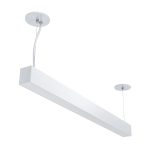Why LED Light Bulbs Are Pricier Than Traditional Bulbs: An InDepth Analysis
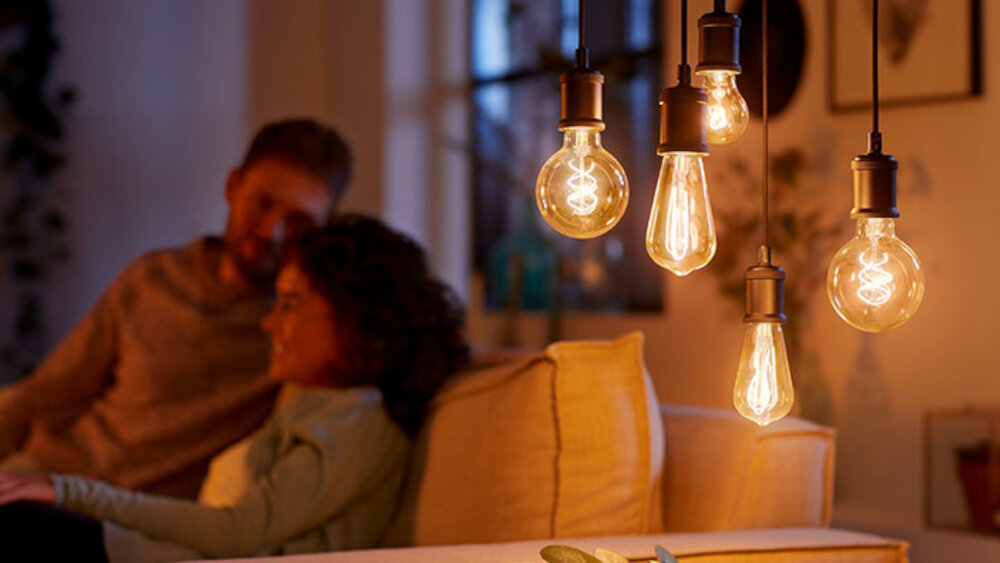
The light bulb is an essential part of our daily life. The invention of the electric bulb has been one of the most transformative innovations in history, changing the way we live and work. Over the years, we have seen different types of bulbs that have evolved to become more energy-efficient, cost-effective, and long-lasting. Among these, LED light bulbs have become increasingly popular in recent years. Despite their advantages, LED bulbs are pricier than traditional bulbs, and many people wonder why. In this article, we will conduct an in-depth analysis of the factors that contribute to the higher cost of LED bulbs and why they are worth the investment in the long run. LED bulbs are a type of solid-state lighting that uses a semiconductor to convert electricity into light. Unlike traditional bulbs, which use a filament to produce light, LED bulbs are more energy-efficient and have a longer lifespan. This makes them an attractive option for those looking to save money on their electricity bills and reduce their carbon footprint. However, the initial cost of LED bulbs is higher than traditional bulbs, which can be a deterrent for some consumers. In this article, we will explore the reasons why LED bulbs are pricier, the benefits of LED bulbs, and how they can save you money in the long run.
LED light bulbs, or light-emitting diode bulbs, are a type of energy-efficient lighting technology that has gained widespread popularity in recent years. These bulbs use semiconductors to convert electricity into light, and they are known for their long lifespan, low energy consumption, and high durability. Unlike traditional incandescent bulbs, which use a wire filament to produce light, LED bulbs don’t generate heat and are much more efficient in converting electricity into light. Although the initial cost of LED bulbs may be higher than traditional bulbs, their energy efficiency and long lifespan make them a more cost-effective choice in the long run.
When comparing traditional bulbs to LED bulbs, there are several differences to consider. Traditional bulbs work by heating a filament until it glows, while LED bulbs use a semiconductor to convert electricity into light. This means that LED bulbs are more energy-efficient and longer-lasting than traditional bulbs. LED bulbs also emit less heat, making them safer to use and reducing the strain on air conditioning systems. While LED bulbs have a higher upfront cost compared to traditional bulbs, their longer lifespan and energy savings ultimately make them a better investment in the long run.
LED light bulbs are considered as one of the most energy-efficient and long-lasting lighting options available in the market. However, their high pricing has been a major concern for consumers. The reason behind the high cost of LED bulbs is the advanced technology used in their production, which requires a considerable amount of investment. The manufacturing process involves the use of high-quality materials and advanced machinery. Moreover, LED bulbs are designed to last much longer than traditional bulbs, which means that consumers will not need to replace them frequently, ultimately saving them money in the long run. Therefore, while the initial cost of purchasing LED bulbs may be higher, their energy efficiency and long lifespan result in significant savings for the consumer over time.
Manufacturing
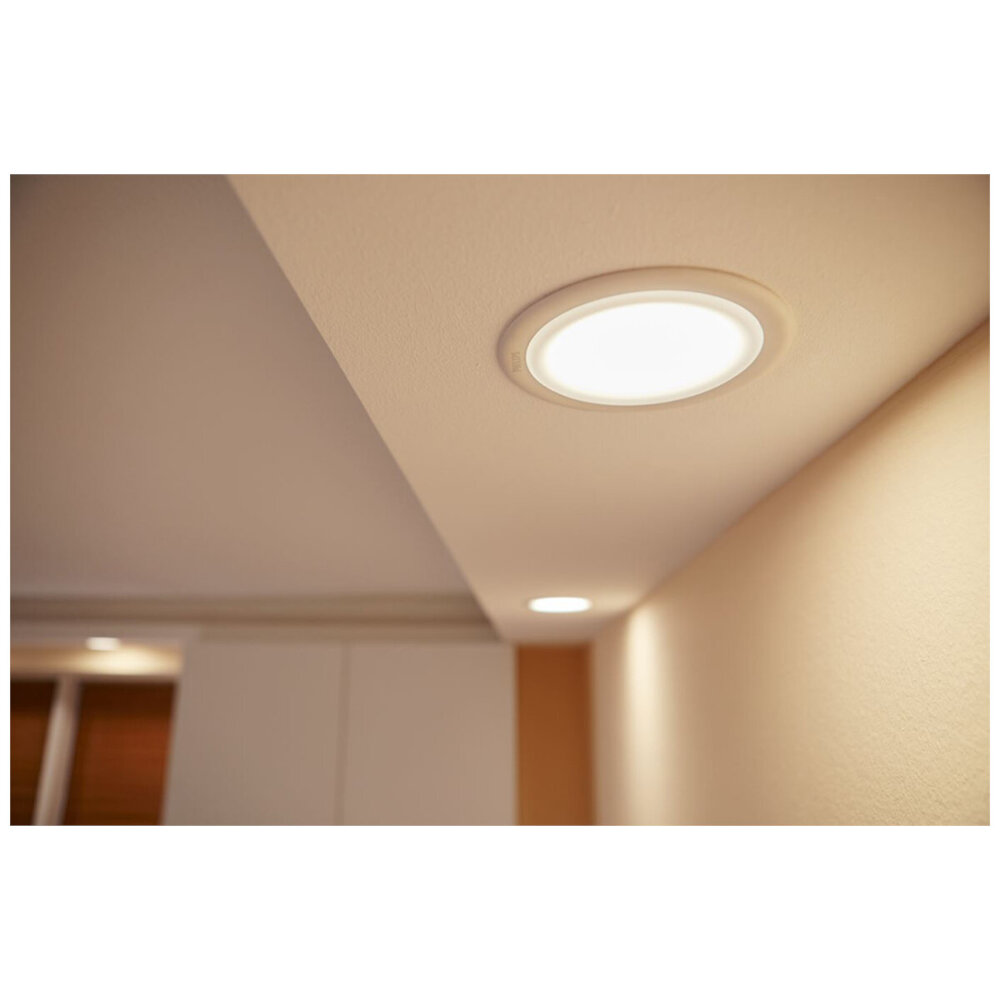
Manufacturing of LED light bulbs is a complex process that involves several stages. The first stage is the production of the LED chips themselves, which are made from semiconducting materials such as gallium nitride. These chips are then mounted onto a substrate and wired to form a circuit. The next stage involves the assembly of the bulb itself, which includes the addition of a lens, reflector, and other components. Finally, the bulb is tested to ensure that it meets the necessary performance standards. This process is more time-consuming and requires more specialized equipment than the production of traditional incandescent bulbs, which contributes to the higher cost of LED bulbs. In addition to the complexity of the manufacturing process, the materials used in LED bulbs are also more expensive than those used in traditional bulbs. For example, the use of rare earth elements such as yttrium, terbium, and europium in the production of LED bulbs contributes to their higher cost. These elements are used in the production of the phosphors that convert blue light emitted by the LED into white light. While the use of these materials makes LED bulbs more energy-efficient and longer-lasting than traditional bulbs, it also contributes to their higher price point.
The cost of materials used in manufacturing LED bulbs is one of the main reasons why they are pricier than traditional bulbs. LED bulbs require more advanced technology and components such as semiconductors, diodes, and heat sinks, which are more expensive than the materials used in traditional bulbs. Additionally, the manufacturing process of LED bulbs is more complex and requires specialized equipment and skilled labor, which also increases the cost. However, it is important to note that although LED bulbs have a higher upfront cost, they have a longer lifespan and use less energy, making them more cost-effective in the long run.
When it comes to producing LED light bulbs, specialized equipment is required which is a major contributing factor to their higher price point compared to traditional bulbs. The process of manufacturing LED bulbs involves a series of intricate and complex steps such as semiconductor wafer preparation, chip fabrication, and packaging. These stages require specialized machinery, such as photolithography equipment and chemical vapor deposition machines, which can cost millions of dollars. Additionally, the manufacturers need to adhere to strict quality control measures to ensure that each LED bulb meets the required standards. All of these factors add up to significant costs, which ultimately gets reflected in the final price of LED bulbs.
One of the reasons why LED light bulbs are pricier than traditional bulbs is due to the skilled labor force required to manufacture them. LED bulbs are more complex than their incandescent counterparts and require specialized knowledge and equipment to produce. The process of creating an LED bulb involves several intricate steps, including the placement of semiconductors and the application of layers of phosphor. This requires a highly trained and experienced workforce that commands a higher wage. Additionally, the production of LED bulbs requires a clean and controlled environment, which also adds to the cost of production. All of these factors contribute to the higher price tag of LED bulbs.
Research and Development
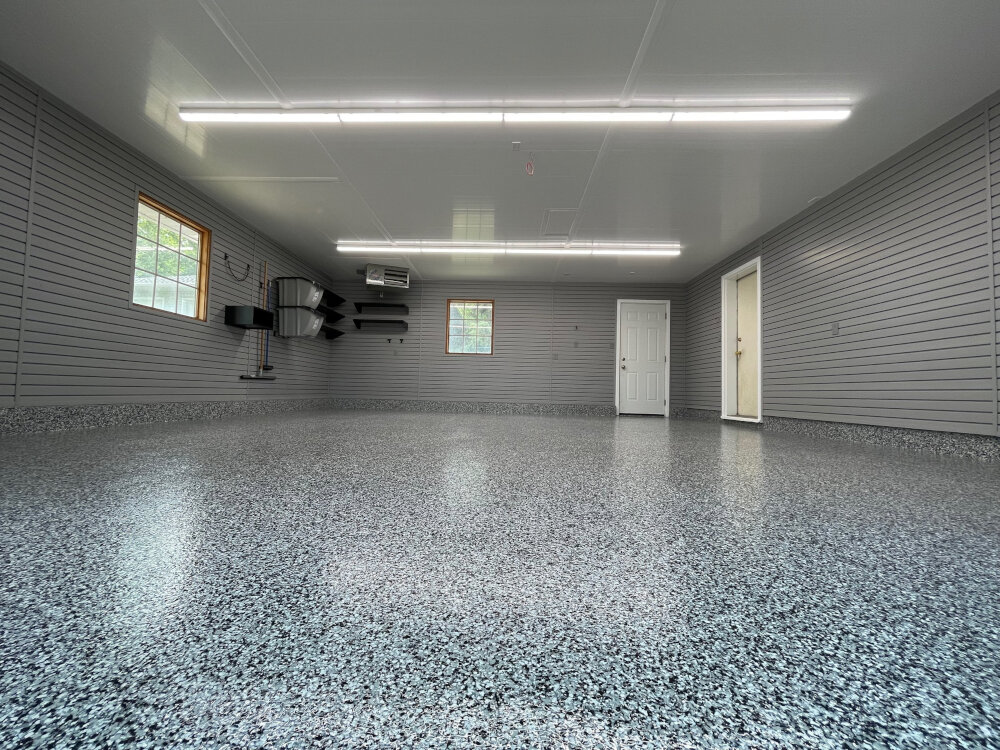
Research and development (R&D) is a crucial component of the LED light bulb industry, driving innovation and improving product quality. LED technology has rapidly advanced in recent years, with R&D efforts focusing on improving energy efficiency, brightness, color quality, and lifespan. These advancements have resulted in LED bulbs that are not only more energy-efficient than traditional bulbs but also more durable and longer-lasting. However, the high cost of R&D is one of the main reasons why LED bulbs are more expensive than traditional bulbs. LED manufacturers invest heavily in R&D to improve the technology and stay ahead of competitors, which ultimately increases the cost of production. Despite the high cost of R&D, it is essential for the LED industry to continue investing in this area as it drives innovation and ultimately leads to more cost-effective, energy-efficient, and sustainable lighting solutions. With the ongoing climate crisis, there is a growing need for more environmentally friendly lighting solutions, and LED bulbs are a step in the right direction. However, the high cost of LED bulbs has limited their adoption, particularly in developing countries. Therefore, it is crucial for LED manufacturers to continue investing in R&D to improve the technology’s performance and reduce production costs, making it more accessible to everyone.
Constant research and development are necessary to improve LED technology and make it more cost-effective. With the rapid advancements in technology, manufacturers are always looking for ways to enhance the efficiency and performance of LED bulbs. This includes developing new materials, refining manufacturing processes, and improving the design of the bulbs themselves. Additionally, research is being conducted to find ways to reduce the cost of production, which will ultimately lead to lower prices for consumers. While LED bulbs are currently more expensive than traditional bulbs, the ongoing research and development efforts in the industry are expected to drive down costs and make these bulbs more accessible to all.
One of the main reasons for the higher price of LED light bulbs compared to traditional bulbs is the significantly higher cost of research and development. LED light bulb technology is relatively new, and there is a continuous effort to improve its efficiency and reduce production costs. The complex process of creating an LED bulb involves developing new materials, designing intricate circuitry, and implementing cutting-edge manufacturing techniques. This requires a considerable amount of research and development, which is reflected in the higher cost of LED bulbs. While the initial investment in LED bulbs may be higher, their longer lifespan and energy efficiency can ultimately save consumers money in the long run.
The long-term benefits of improved technology, such as LED light bulbs, are numerous and significant. Not only do they consume less energy, but they also have a longer lifespan than traditional bulbs. This means that they require less frequent replacements, reducing waste and saving money in the long run. Additionally, LED bulbs emit less heat, making them safer and more efficient. They also offer a wider range of colors and brightness levels, allowing for greater customization and mood-setting. While the initial cost may be higher, the investment in improved technology ultimately pays off in terms of energy savings, reduced waste, and overall convenience.
Energy Efficiency

Energy efficiency is the measure of how much energy is used to perform a task, compared to the amount of energy required to perform the same task using traditional methods. LED light bulbs, while more expensive than traditional incandescent bulbs, are much more energy-efficient. LED bulbs use up to 80% less energy than incandescent bulbs, which means they use less energy to produce the same amount of light. This results in significant cost savings over time, as LED bulbs last much longer than traditional bulbs and require less maintenance. In addition, LED bulbs emit less heat than incandescent bulbs, which means they are safer to use and can help reduce cooling costs in warmer climates. The use of LED bulbs is an important part of efforts to reduce energy consumption and combat climate change. By using less energy, we can reduce our carbon footprint and help reduce the amount of greenhouse gases that are produced by power plants. In addition, the use of LED bulbs can help reduce the need for new power plants and transmission lines, which can be expensive and environmentally damaging. LED bulbs are a smart investment for anyone looking to save money on their energy bills and reduce their impact on the environment. While they may be more expensive up front, the long-term benefits of LED bulbs make them a wise choice for any home or business.
The energy efficiency of LED bulbs is the main reason they are pricier than traditional bulbs. LED bulbs use less energy to produce the same amount of light as traditional bulbs. This is due to the fact that LED bulbs convert 95% of the energy they consume into light, while traditional bulbs convert only 5% of the energy they consume into light. In addition, LED bulbs have a longer lifespan than traditional bulbs, which means that they need to be replaced less often, resulting in additional energy savings. Although LED bulbs may be more expensive initially, the long-term energy and cost savings make them a more economical choice over time.
Although LED bulbs may seem more expensive than traditional bulbs, they offer long-term cost savings that make them a worthwhile investment. LED bulbs have a much longer lifespan than traditional bulbs, lasting up to 25 times longer, which means they need to be replaced far less often. Additionally, they use significantly less energy than traditional bulbs, which results in lower electricity bills. While the initial cost may be higher, the energy savings accumulated over time can ultimately offset the initial investment. Not only do LED bulbs save money, but they also have a positive impact on the environment, producing less carbon emissions due to their reduced energy consumption. Therefore, choosing LED bulbs ultimately offers both economic and environmental benefits.
LED light bulbs, despite their higher cost, provide significant environmental benefits in comparison to traditional bulbs. LED bulbs are highly energy efficient and consume up to 85% less energy than incandescent bulbs, reducing the amount of energy needed to power them and resulting in a significant decrease in carbon emissions. Furthermore, LED bulbs last significantly longer than traditional bulbs, reducing the amount of waste generated by frequent bulb replacement. Additionally, LED bulbs contain no harmful chemicals such as mercury, which can be found in traditional bulbs, making them safer for both the environment and human health. Overall, the environmental benefits of LED bulbs make them a worthwhile investment for those looking to reduce their carbon footprint and promote sustainability.
Government Regulations

Government Regulations are one of the major reasons why LED light bulbs are pricier than traditional bulbs. Governments all around the world have set up regulations that require LED light bulbs to meet certain standards. These regulations ensure that the LED bulbs are energy-efficient, durable, and safe for use. The standards set by the government also require LED bulbs to undergo certain tests that ensure they meet the standards set. The cost of these tests is included in the price of LED bulbs, which is why they are pricier than traditional bulbs. Although these regulations may add to the cost of LED bulbs, it is important to note that they are put in place to ensure that consumers get products that are safe and of good quality. Furthermore, government regulations also require LED bulbs to be manufactured in a certain way. For instance, the manufacturing process of LED bulbs must adhere to strict environmental regulations. This means that LED bulbs must be made using materials that are environmentally friendly and the manufacturing process must be environmentally sustainable. The production of LED bulbs also requires specialized equipment, which is more expensive than the equipment used to manufacture traditional bulbs. All these factors contribute to the higher cost of LED bulbs. However, the long-term benefits of using LED bulbs such as energy savings, longer lifespan, and reduced environmental impact make their higher cost worthwhile.
Government regulations on energy efficiency play a crucial role in shaping the market for light bulbs. As concerns about climate change and energy security have grown, policymakers have sought to encourage consumers to use bulbs that are more efficient and less wasteful. In many countries, regulations have been introduced that require manufacturers to meet certain standards of efficiency in their products. For example, the European Union has introduced a ban on the sale of traditional incandescent bulbs, which are highly inefficient, and has encouraged consumers to switch to LED bulbs instead. These regulations have helped to drive innovation in the lighting industry, leading to the development of new and more efficient technologies that are better for the environment and for consumers’ wallets. However, they have also contributed to the higher upfront cost of LED bulbs, which may deter some consumers from making the switch.
Regulations on hazardous materials used in traditional bulbs have played a significant role in the price disparity between LED and traditional bulbs. Traditional bulbs contain hazardous materials such as mercury, which can be harmful to both humans and the environment. Due to these risks, there are strict regulations governing the disposal of these bulbs. This has led to higher production costs for traditional bulbs, which are ultimately passed down to the consumer. LED bulbs, on the other hand, contain no hazardous materials and are therefore easier and cheaper to dispose of. This makes them a more environmentally friendly and cost-effective option in the long run.
Compliance with regulations is an important aspect that cannot be ignored when it comes to LED bulbs. LED bulbs have to meet certain standards, and the cost of meeting these standards can be quite high. In order to meet these standards, LED bulbs have to undergo rigorous testing and certification processes, which can be time-consuming and expensive. Additionally, LED bulbs have to comply with regulations that are specific to the countries in which they are sold. This means that manufacturers have to make different versions of the same bulb for different markets, which adds to the cost of production. Therefore, compliance with regulations is one of the main reasons why LED bulbs are pricier than traditional bulbs.
LED light bulbs have gained immense popularity in recent years due to their energy efficiency, durability, and long lifespan. However, their high price tag has remained a major concern for consumers. There are several factors that contribute to the high pricing of LED bulbs. Firstly, the production cost of these bulbs is relatively higher than traditional bulbs due to the complex manufacturing process and the use of advanced materials. Additionally, the research and development costs of LED technology are also a significant factor. Furthermore, LED bulbs are designed to last much longer than traditional bulbs, which means that consumers are paying for a product that will provide them with long-term cost savings. Finally, government regulations and taxes on energy-efficient products also add to the overall cost of LED bulbs. Despite the initial high cost, the long-term benefits of LED technology make it a worthwhile investment for consumers looking to save money on their energy bills and reduce their carbon footprint.
Despite their higher cost, LED bulbs offer numerous benefits compared to traditional bulbs. One of the most significant advantages is their energy efficiency, as they consume up to 80% less energy, leading to lower electricity bills. LED bulbs also have a longer lifespan, lasting up to 25 times longer than traditional bulbs, reducing the need for frequent replacements. Additionally, LED bulbs emit less heat, making them safer to use and reducing the risk of fire hazards. They also come in various colors, are eco-friendly, and are compatible with smart home systems, adding convenience to daily living. Overall, the benefits of LED bulbs far outweigh their initial cost, making them a wise long-term investment for any homeowner or business.
The outlook for LED technology is positive, as it continues to evolve and become even more energy-efficient and cost-effective. As demand for LED lighting grows, manufacturers are investing in research and development to improve the quality and performance of their products. Additionally, advancements in technology are driving down production costs, allowing for greater affordability of LED bulbs. While the initial investment may be higher than traditional bulbs, the long-term cost savings due to their energy efficiency and longer lifespan make LED bulbs a smart choice for consumers. As such, it is expected that LED bulbs will continue to gain popularity and become even more mainstream in the future.
Conclusion
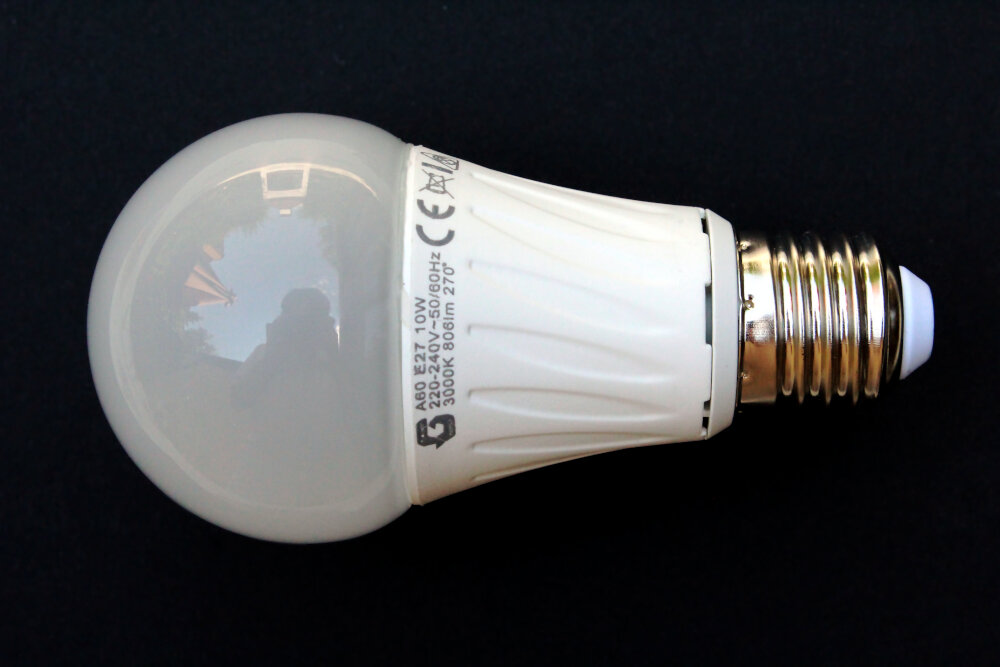
In conclusion, the higher price of LED light bulbs compared to traditional bulbs is a result of several factors, including the cost of manufacturing, advanced technology, and longer lifespan. However, the initial investment in LED bulbs is offset by their energy efficiency and longer lifespan, resulting in significant cost savings in the long run. While traditional bulbs may seem cheaper at first glance, they are less energy-efficient and will need to be replaced more frequently, ultimately costing more in the long run. Therefore, investing in LED bulbs not only saves money but also contributes to a more sustainable future by reducing energy consumption and greenhouse gas emissions.


